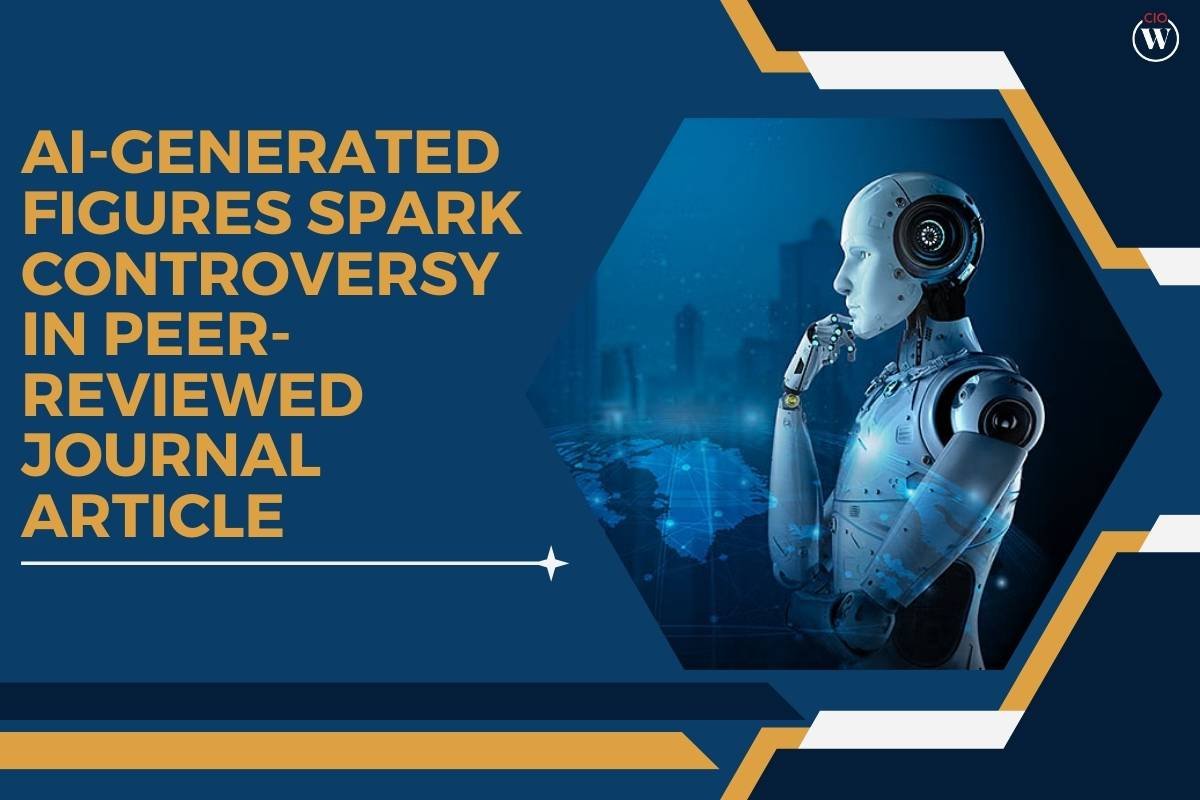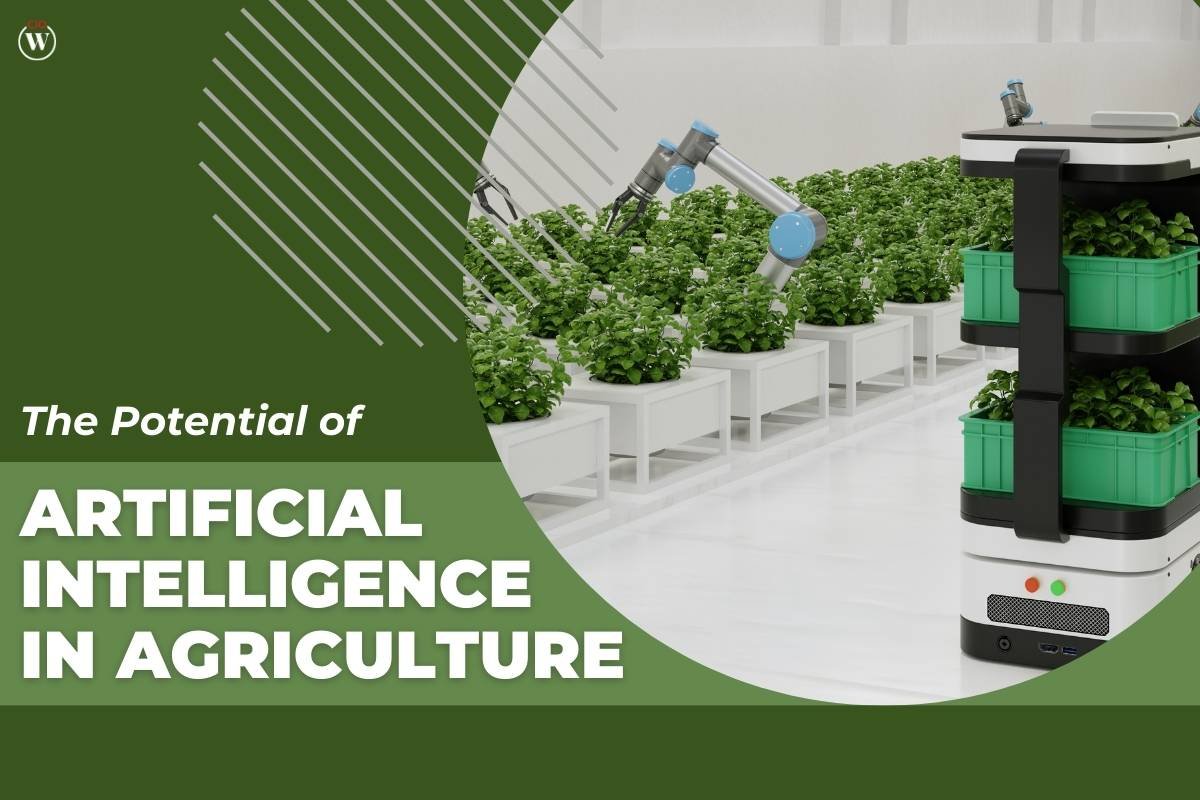Scientists across social media platforms expressed shock and disdain on Thursday as poorly AI-Generated Figures circulated from a peer-reviewed article in a reputable scientific journal. The figures, acknowledged by the authors as the work of Midjourney, were deemed uninterpretable and included bizarre elements such as gibberish text and an image of a rat with explicit anatomical features, labeled with the text “dck.” The article, titled “Cellular functions of spermatogonial stem cells in relation to JAK/STAT signaling pathway,” authored by three Chinese researchers, including Dingjun Hao of Xi’an Honghui Hospital, raised concerns about the quality of the peer-review process.
Publisher Issues an “Expression of Concern”
Responding to the controversy, the publisher of the review article, Frontiers, posted an “expression of concern” on Thursday. The statement acknowledged the raised concerns and assured an ongoing investigation into the matter. Frontiers did not immediately respond to inquiries from Ars, indicating that updates would be provided once the investigation concluded. The journal, Frontiers in Cell and Developmental Biology published the article online on Tuesday.
Growing Concerns About AI Impact on Scientific Publishing
The publication of egregiously flawed AI-generated figures has shed light on a growing problem in scientific publishing. The first figure, featuring the controversial rat image, drew widespread attention on social media platforms, with scientists questioning how such poor-quality content passed through the peer-review system. The subsequent AI-generated figures, intended to depict complex signaling pathways, were also criticized for their lack of coherence and meaningful content.
Scientists online raised concerns about the potential use of AI in generating not only images but also text within research articles. While some speculated about the possibility of AI-generated text in the controversial article, the reliability of AI detection software in determining such origins remains uncertain. This incident highlights the broader challenge faced by the scientific community as AI technology becomes more prevalent in research.
Researchers are increasingly worried that the current system, which heavily emphasizes publication records for career success, may incentivize less scrupulous researchers to submit low-quality articles, possibly aided by AI-generated content. This situation poses a threat to the credibility of published research, prompting research journals to implement new authorship guidelines for AI-generated text. However, as evidenced by the Frontiers article, there are still significant gaps in addressing these concerns, leaving the scientific community grappling with the impact of AI on the integrity of published research.









